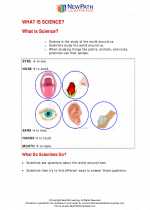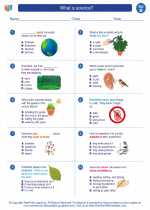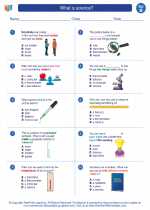Geological Processes
Geological processes are the natural processes that shape the Earth's surface and structure over time. These processes are driven by various forces and can be categorized into different types, including weathering, erosion, deposition, plate tectonics, and volcanic activity.
Weathering
Weathering is the process by which rocks and minerals are broken down into smaller pieces through exposure to the atmosphere, water, and biological activity. There are two types of weathering: mechanical weathering, which involves the physical breakdown of rocks, and chemical weathering, which involves the chemical alteration of rocks.
Erosion
Erosion is the process by which weathered rock and soil are moved from one place to another by natural forces such as water, wind, and ice. Erosion can create landforms such as valleys, canyons, and deltas, and can also contribute to the formation of sedimentary rocks.
Deposition
Deposition is the process by which eroded sediment is deposited in new locations, forming layers over time. Deposition can occur through the action of water, wind, or ice, and is a key process in the formation of sedimentary rocks and landforms such as beaches and sand dunes.
Plate Tectonics
Plate tectonics is the theory that Earth's outer shell is divided into several large, rigid plates that move and interact with each other at the Earth's surface. This movement can cause earthquakes, volcanic activity, and the formation of mountain ranges and ocean basins over long periods of time.
Volcanic Activity
Volcanic activity is the result of the release of magma, ash, and gases from the Earth's interior onto the surface. This process can create new landforms such as mountains, islands, and volcanic plains, and can also contribute to the formation of igneous rocks.
Study Guide
- Define geological processes and give examples of each type.
- Explain the difference between mechanical and chemical weathering.
- Describe how erosion and deposition contribute to the formation of different landforms.
- Discuss the evidence for plate tectonics and its impact on the Earth's surface.
- Examine the causes and effects of volcanic activity on the Earth's geology.
By understanding geological processes, we can gain insight into the dynamic and ever-changing nature of the Earth's surface and structure.
.◂Science Worksheets and Study Guides Second Grade. What is science?

 Worksheet/Answer key
Worksheet/Answer key
 Worksheet/Answer key
Worksheet/Answer key
 Worksheet/Answer key
Worksheet/Answer key
 Vocabulary/Answer key
Vocabulary/Answer key
